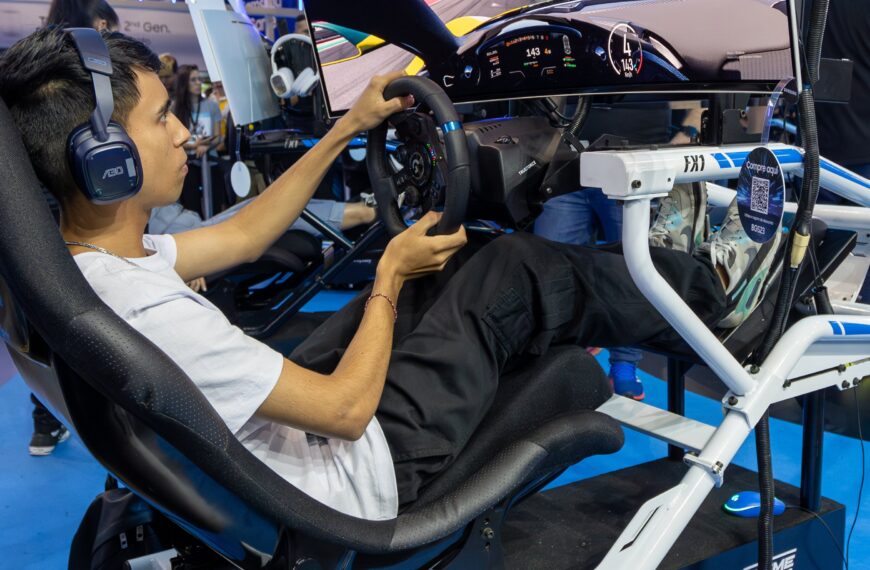Roll and move board games have long been stigmatized within the hobby board game community due to their reputation for little player agency and high randomness. However, there is a way to reinvent this mechanic and make it more engaging for players. By adding meaningful choices, allowing for strategic planning, and providing ways to alleviate the randomness of dice rolls, roll and move games can be transformed into a more immersive and enjoyable experience. Some examples of roll and move games that have successfully implemented these improvements include Xia Legends of a Drift System, Camel Up, Formula D, and Merchant of Venus. In this article, we will explore how these games have broken the stigma surrounding roll and move mechanics and offer insights into creating more captivating and compelling roll and move experiences.
I. Understanding the Stigma against Roll and Move Board Games
A. Definition of Roll and Move Mechanics
Roll and move mechanics refer to a game mechanic in which players roll dice or spin a wheel to determine the number of spaces they can move their game piece on the board. This simple mechanic has been a staple in many traditional board games, such as Snakes and Ladders and Monopoly.
B. Negative Perception of Roll and Move Games
In the hobby board game community, there is a stigma against roll and move board games. These games are often seen as lacking depth and strategy, and are considered to be luck-based. This negative perception stems from the fact that roll and move mechanics were frequently used to create games with little player agency and high randomness.
C. Reasons for Stigma against Roll and Move Games
There are several reasons why roll and move games have garnered a bad reputation. Firstly, the lack of player decisions is a significant factor. In many traditional roll and move games, players have little to no control over the outcome of their moves. The reliance solely on dice rolls diminishes the strategic elements that make board games engaging.
Additionally, the inability to mitigate poor dice rolls is another reason for the stigma against roll and move games. When a player is consistently rolling low numbers and unable to progress on the board, it can lead to frustration and a feeling of powerlessness. This lack of agency can make the game feel arbitrary and unenjoyable.
II. The Potential of Reinventing Roll and Move Mechanics
Despite the negative perception of roll and move mechanics, there is significant potential in reinventing this classic game mechanic. By adding meaningful choices, allowing players to plan ahead, and providing ways to alleviate randomness, roll and move games can become more engaging and enjoyable experiences.
A. Adding Meaningful Choices
One way to improve roll and move mechanics is by incorporating meaningful choices into the gameplay. This can be achieved through the inclusion of various paths or routes on the game board, each with their own advantages and disadvantages. By allowing players to choose their path based on their desired strategy or objective, the game becomes more strategic and offers meaningful decision-making opportunities.
B. Allowing Players to Plan Ahead
Another key aspect in reinventing roll and move mechanics is providing players with the ability to plan ahead. This can be accomplished by introducing elements such as visible information on upcoming spaces or events, allowing players to strategize and make informed decisions. By giving players the opportunity to anticipate and prepare for future moves, the game becomes more strategic and rewarding.
C. Alleviating Randomness
Randomness is often a major concern in roll and move games, as it can lead to a lack of control and agency for the players. To address this issue, game designers can introduce mechanics that allow players to mitigate the impact of poor dice rolls. This can be achieved through the use of abilities or power-ups that players can acquire, which grant them the ability to modify or reroll their dice rolls. By providing players with tools to influence their outcomes, the game becomes less reliant on luck and more focused on player skill and decision-making.
III. Examples of Roll and Move Games that Successfully Reinvent the Mechanic
While there may be a stigma against roll and move games, there are several examples of games that have successfully reinvented this mechanic, incorporating elements to enhance player agency, strategy, and reduce randomness.
A. Xia Legends of a Drift System
Xia Legends of a Drift System is a space exploration game that utilizes roll and move mechanics in an innovative and engaging way. Players navigate their spaceships through a vast galaxy using a combination of dice rolls and player choices. The game offers multiple paths to victory, allowing players to choose their own objectives and make strategic decisions. By incorporating meaningful choices and strategic planning, Xia Legends of a Drift System elevates the roll and move mechanic to a new level.
B. Camel Up
Camel Up is a race-themed game where players bet on the outcome of a camel race. While the game relies on dice rolls to determine how the camels move, it introduces elements of strategy and decision-making through player actions. Players can place bets, move camels forward or backward, and manipulate the race’s outcome through their choices. By giving players opportunities to influence the race, Camel Up adds strategic depth to the roll and move mechanic.
C. Formula D
Formula D is a racing game that skillfully combines roll and move mechanics with strategic decision-making. Players use dice rolls to determine their car’s speed and maneuver through a racetrack. However, the game introduces a gear-shifting mechanic that allows players to adjust their speed and make tactical choices. By adding this layer of decision-making, Formula D blends luck and strategy, offering a more engaging roll and move experience.
D. Merchant of Venus
Merchant of Venus is a space trading and exploration game that incorporates roll and move mechanics in a unique and compelling way. Players navigate their spaceships through a modular board, discovering new planets and trading goods. The game provides players with a variety of strategic choices, including selecting different trade routes and upgrading their ships. By offering meaningful choices and allowing players to plan ahead, Merchant of Venus demonstrates how roll and move mechanics can be integrated into a deep and engaging gaming experience.
In conclusion, while roll and move mechanics have often been associated with games lacking depth and strategy, there is significant potential to reinvent this classic mechanic. By incorporating meaningful choices, allowing players to plan ahead, and providing ways to alleviate randomness, roll and move games can become more engaging and enjoyable. Examples such as Xia Legends of a Drift System, Camel Up, Formula D, and Merchant of Venus illustrate how these improvements can elevate the roll and move mechanic, creating games that are strategic, rewarding, and appeal to a wide range of players. Reevaluating the stigma against roll and move games can lead to a deeper appreciation for the potential of this mechanic in the hobby board game community.








